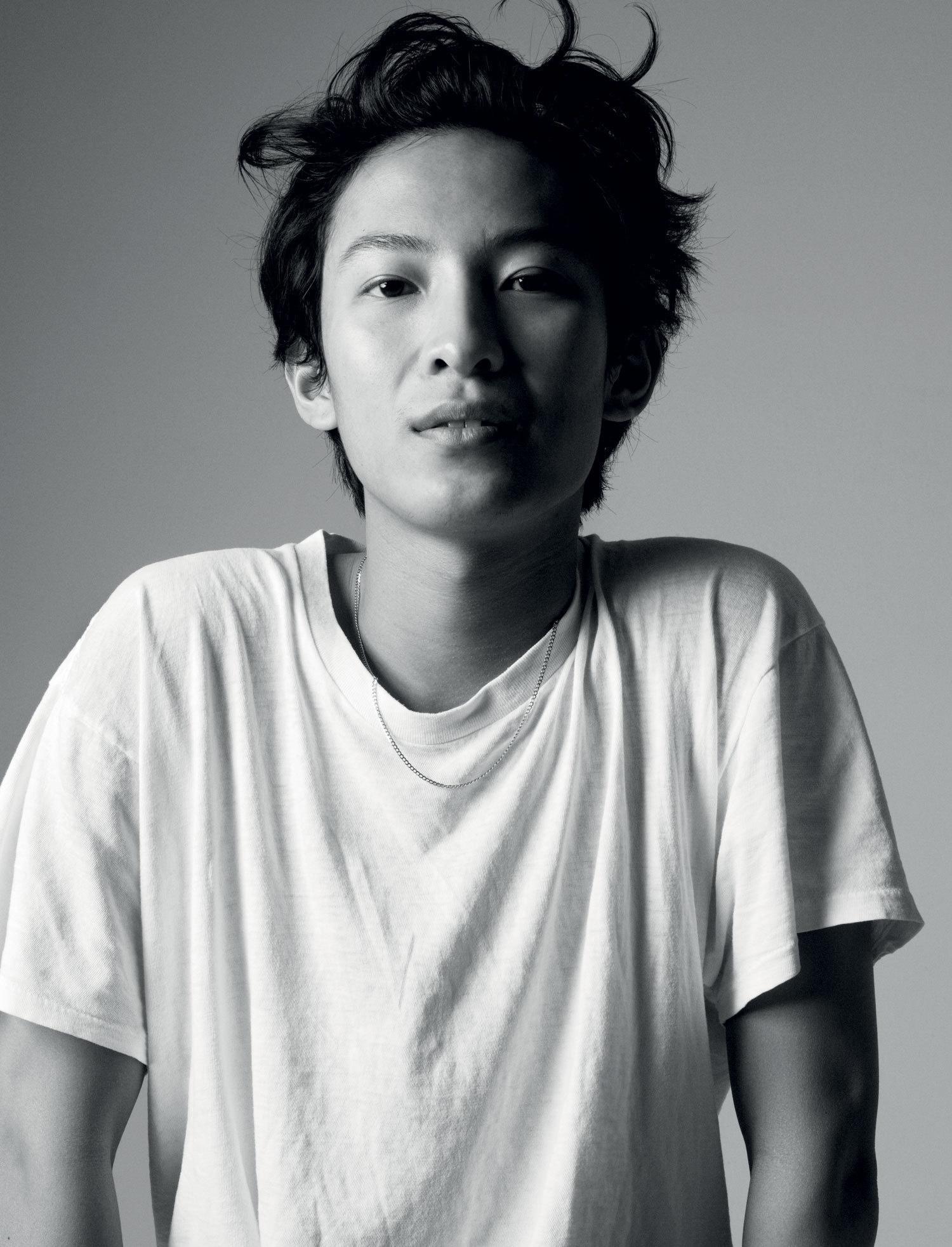In the wake of the Pulse nightclub shooting, many have been reflecting on the vital role gay bars have played in their lives. These venues are not only a place to meet people and party, but also often a space to explore identity and be yourself. In a pre-internet world, these establishments were often people’s first contact with other LBGT individuals, and an initial introduction to a world that they would eventually call their own. In a recent New York Times piece, creatives from across fashion, film, art, music, and television reflect on the first time they visited a gay bar, and what the experience meant to them at the time.
Remembering her first time at Egyptian Room, a lesbian bar in Portland, Carrie Brownstein reflects, “I think I went to the E Room as much to witness another woman’s freedom as I did to get a sense of my own. A gay bar is ours. It’s ours like putty, it’s ours like clay. The environment is both ridiculous and profound, but we get to decide when it’s one or both, or neither.” For Orange Is the New Black actor Lea DeLaria, her first visit was also about recognizing herself in others. When an ice cream truck she drove as a summer job broke down, she was forced to ask a nearby bar if she could use their phone. Previously, her experiences of the venue were overhearing people in town call the bar’s patrons “bulldyke” and “he-she.” Walking in she observed, “It was noon or so, and it was completely empty except for these six huge dykes playing poker. And one of them looked up at me and yelled, ‘Hey, baby butch!’ I’ll never forget it. I did one of those look-around takes, like, ‘Oh, she’s talking to me.'”
In New York, Humberto Leon of Opening Ceremony and Kenzo, went to Wonder B—r, where he observed “Madonna and her little crew, just going out on a Tuesday night.” When 16-year-old Alexander Wang, living alone in San Francisco at the time, got hold of a fake ID, he went straight to visit City Nights. “Night life was my escape from the day to day. I would go every Thursday: hip-hop night. I was very lucky to have the community I grew up in be so supportive.”
Patricia Field started hanging out in these clubs in the 60s, when being gay was still illegal in many parts of the US. Calling her first trip to a bar in Provincetown, Massachusetts “fun and liberating,” she would come to spend much of her early 20s in the “gay destination, a mecca where gay people at that time could feel comfortable and celebratory.” She adds, “It was particularly attractive because the gay society in the early 60s was much more underground in the big cities. I would describe it as an escape from big-city gay reality.”
The piece also includes memories from the likes of Jane Lynch, Rachel Maddow, Joseph Altuzarra, and Rufus Wainwright. While there is concern about the future of LGBT venues as many struggle to stay open, it’s a warm reminder of how much they continue to offer us.
Credits
Text Wendy Syfret
Photography Daniel Jackson
Styling Alastair McKimm
